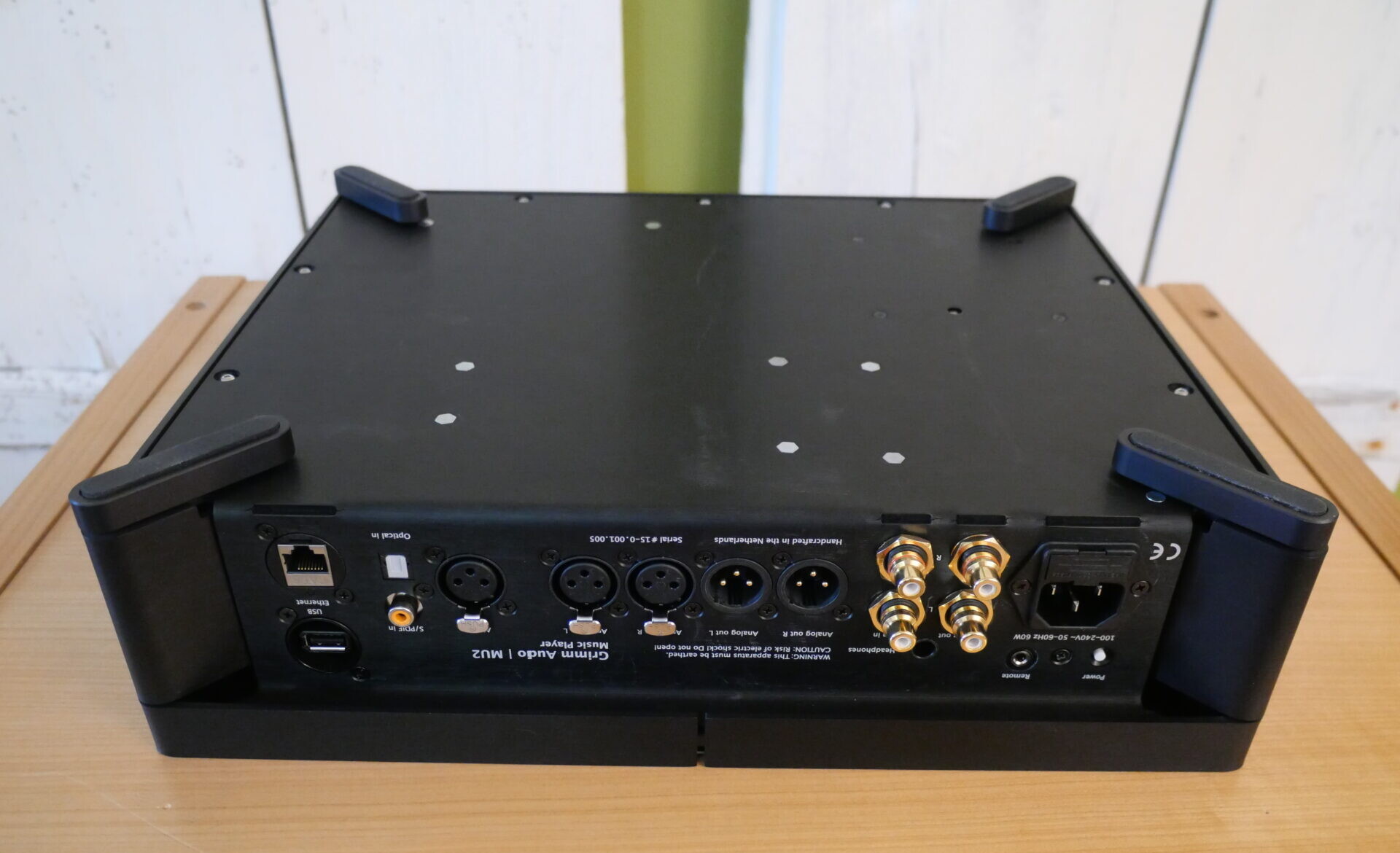They say that you only have one chance to make a first impression. In the case of the MU2 that first impression proved enduring. Swearing off the system for several days allowed me to approach it with fresh ears rather than embedded expectations – to concentrate on what it was doing, rather than what it wasn’t. What I found was a sound that was long on entertainment, short on hi-fi niceties and which proved remarkably consistent with digital sources, irrespective of which source was used. Back in the day, when the ‘tube revival’ was well into its stride but before the DHT evangelists had arrived, it’s a sound that was referred to as “musical”, a reaction to the dry, over-damped, high-resolution, ultra-focussed presentation then favoured by a certain cohort of high-end providers. Here was warmth and flow, colour and substance, sweeping, expressive generosity to contrast with the po-faced, uptight, butt-clenched sterility of ‘high-definition’ alternatives. It’s a legacy that the MU2 has embraced with gusto and which informs all aspects of its digital replay.

One direct consequence of the MU2’s musical character is a complete absence of the fractured, insubstantial and disjointed sound that afflicts so many streaming solutions. If anything, the little Grimm leans the other way, with an overly romantic and rounded presentation – but one that’s verging on the murky at times. However, I soon discovered a simple fix. Those four diagonally disposed feet that support the chassis are rubber shod, with long strips of the soft material. Simply by-passing those feet with bamboo blocks wrought an instant improvement in transparency, focus and the nimbleness of the player’s dynamics: not enough to undermine its inherent musicality, just enough to sharpen up its act. The difference was significant enough to make investigating the unit’s support a priority for any potential owner. The solution doesn’t need to be expensive or difficult to achieve. I wonder how the MU2 might sound with those rubber pads removed. It really might be as simple as that.
Seeking a baseline for the MU2’s character and performance, I started out using the D1.5 to play optical discs via the AES/EBU input… The first piece I played was Janine Jansen’s recent recording of the Sibelius Violin Concerto (with Klaus Mäkelä and the Oslo Philharmonic, Decca 4854748). It’s a slightly problematic performance, Jansen’s characteristically romantic and robust tone struggling with the fragility required. But here, the fluid musicality of the system concentrates on pace and line, purpose and direction, rather than instrumental texture or position. Jansen is unquestionably front and just left of centre, but this is a broad-brush presentation, big on presence without necessarily defining location, dimensionality or the space around and between instruments. The musical relationship between soloist and orchestra is clearly defined, their precise locations and spacing less so. While Jansen’s line is clear, the texture of her instrument and the intricacies of bowing are less explicit. It’s a smooth, purposeful presentation that gives the performance as a whole a sense of direction and momentum.

